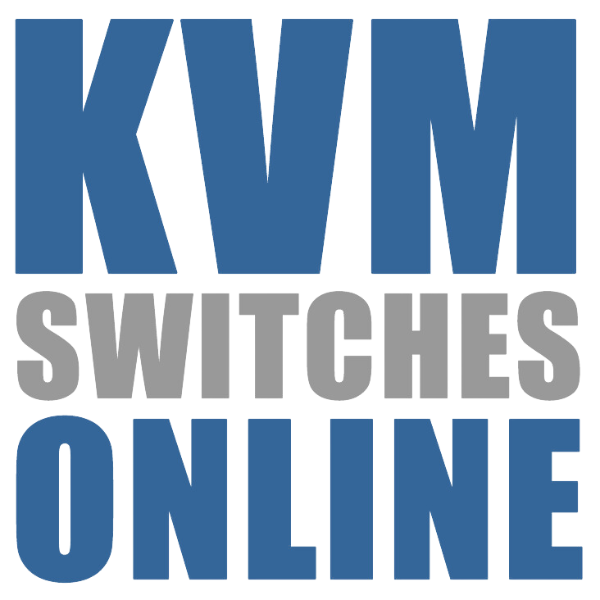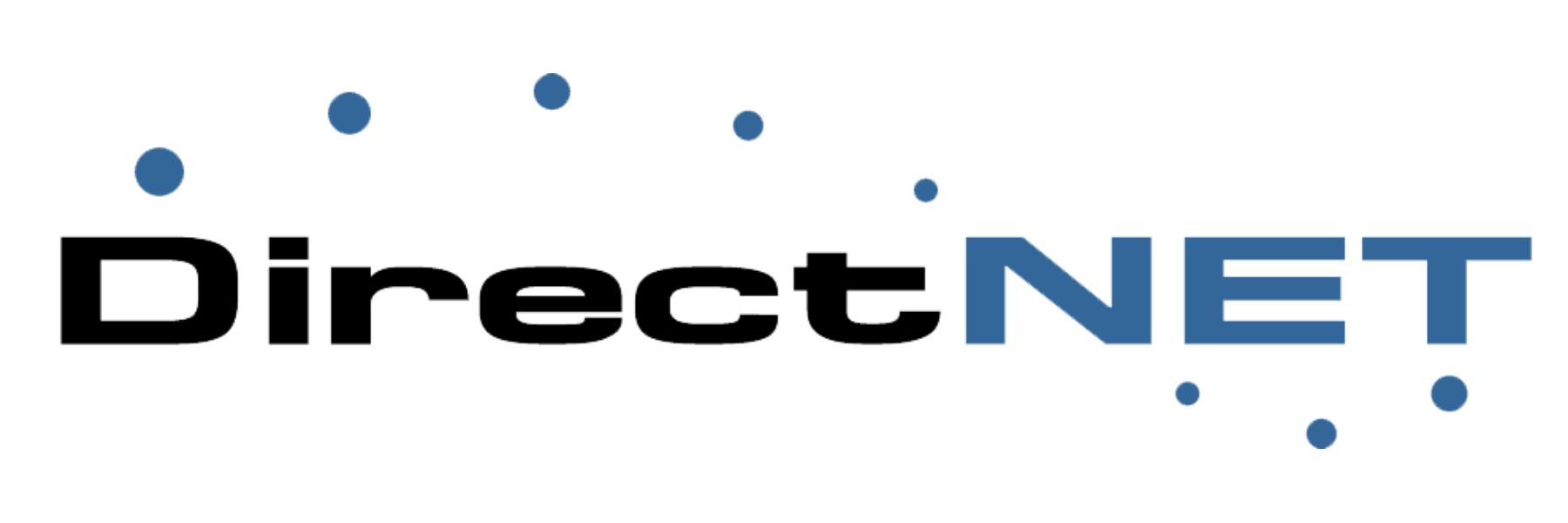Outlet-Level Remote Power Management and Remote Power Measurement
Intelligent IP Power Strips let you Remote Reboot and Measure Power to the Device, Rack, and Data Center
Data Centers utilize Remote Power Management strips in their racks to allow users to securely power cycle or power on/off hung servers or devices from outside the data center, server farm, or remote location. Remote Reboot Power can be configured to allow cold cycle power, and some of the newer technologies can even measure power consumption at the outlet, power strip, rack, and also by row of racks in your data center.
Advantages of Remote Power Management
Reduce Server Downtime and Labor Costs
As remote power management solutions provide administrators with the ability to recycle power to non-responsive systems and troubleshoot problems remotely, they can reduce server downtime and outages and losses. With traditional power management systems, when it is necessary to perform a cold reboot, technicians must be physically present to reboot a system, often at a substantial cost to a company or organization. With remote power management, in most instances, the dispatch of field personnel to manually execute a hard reboot is unnecessary, as administrators can immediately access the Rack PDU via a browser and reboot the switch.
Conduct Proactive Status Monitoring
As server densities increase, power requirements and heat output are also on the rise. Remote power management solutions allow remote monitoring of amperage draw per circuit, humidity, and temperature. Many products are designed so that probes can be mounted directly onto the strip, eliminating the need for external hardware. Most remote power management solutions are SNMP-enabled so that alerts can be sent automatically when amperage, temperature, or humidity levels exceed established thresholds.
Intelligent Power Strips / IP Power Management
As IT environments become more diverse and geographically dispersed, intelligent power management solutions provide IT professionals with the information and tools necessary to manage and maintain operations. These remote power solutions leverage hardware and/or software to monitor and control server-level power state and condition.
The Benefits of Intelligent Power Strips and Remote Management Software
- Protect mission-critical equipment and quickly respond to any problems by monitoring amperage draw per circuit, power state, and other variables
- Monitor equipment 24/7 through automatic alerting via SMTP/SMS/SNMP when conditions exceed established thresholds
- Implement “lights-out” operations at remote offices and branch locations with remote outlet-level power control and the ability to reboot servers from any location and at any time
- Reduce downtime and outages, shorten the Mean Time to Repair (MTTR), and improve service availability
- Reduce or eliminate late night trips to the data center and minimize third-party service calls for power related issues
- Allow IT personnel to focus on primary responsibilities by avoiding off-site travel to manually execute hard reboots
Remote Reboot / Intelligent Power / Remote IP Switch Applications
SMB/Kiosk Power Management
Implement secure, remote power control via a web interface, SSH, or out-of-band session to manage one to many outlets in small office/home office (SOHO) environments, digital signage, or standalone kiosks with a remote power switch.
Computer Room and Server Room Rack Rack PDU Environments
Intelligent power solutions for the data center provide remote configuration, power management, and environmental monitoring through an integrated interface. These solutions allow grouping across circuits for redundant power supplies, and many options support power-up sequencing to prevent power in-rush and branch circuit overload.
Enterprise Data Center Applications
In high-density applications, 208V single-phase or 3-phase intelligent power solutions provide infinite configuration options. Along with the benefits of a single interface for all managed power and environmental monitoring, these solutions can give graceful shutdown and load-shedding features down to the outlet level.
Frequently Asked Questions About Remote Power Management
How do you know when circuits are at capacity?
An administrator will be notified when circuits are at capacity in two ways. An onsite administrator can check an LED on the PDU itself, which will display the total amperage draw. Additionally, administrators can view amperage remotely through a feature in the web-based management tool or utilizing SNMP integration.
How quickly and effectively can power be recycled using remote power management?
Once an administrator sends a command for a remote reboot, it takes place immediately.
Can all remote power management solutions allow administrators to gain true redundancy and simultaneous control of multiple power supply devices?
No. However, several manufacturers provide simultaneous reboot of redundant power supplies, grouped across separate circuits.
What security features do remote reboot power devices offer?
Remote reboot power devices have many security features. Primary features include user name and password authentication and communication via SSL or using SSH. Additionally, the use of LDAP, Active Directory, RADIUS, or TACACS+ can be added to provide integration with existing authentication schema.




